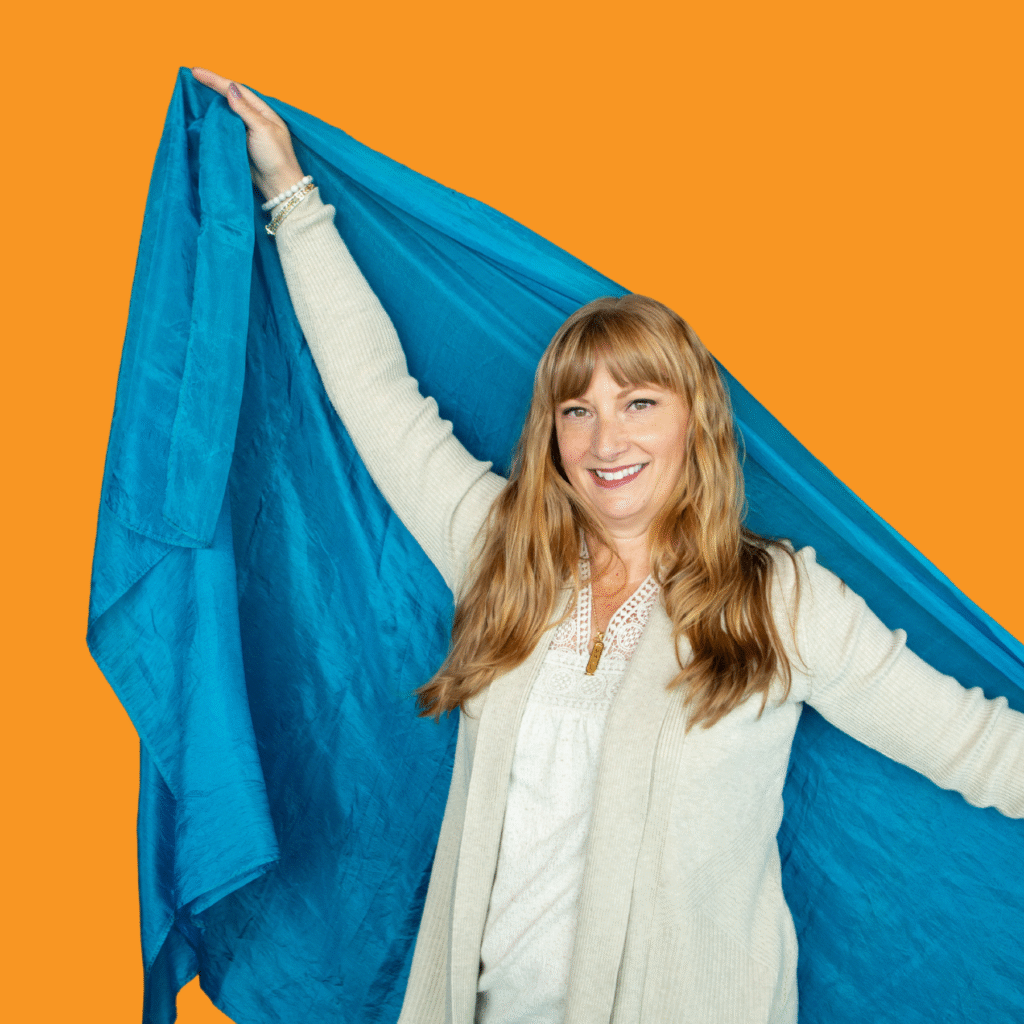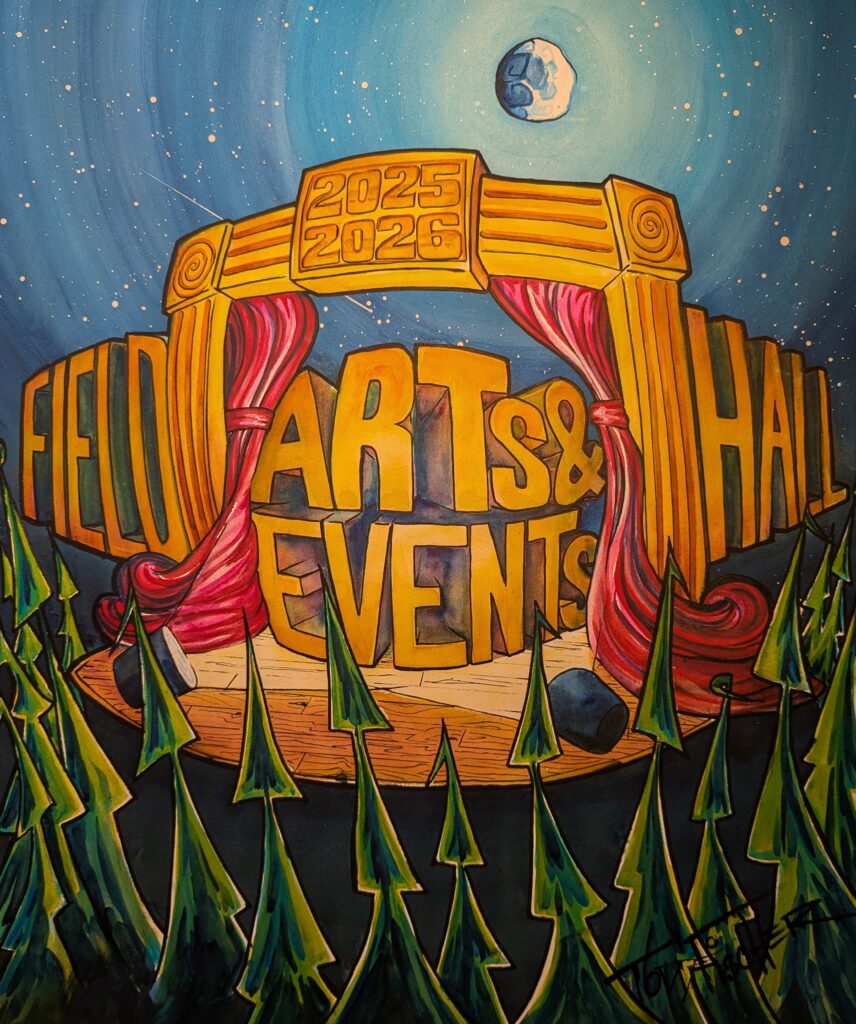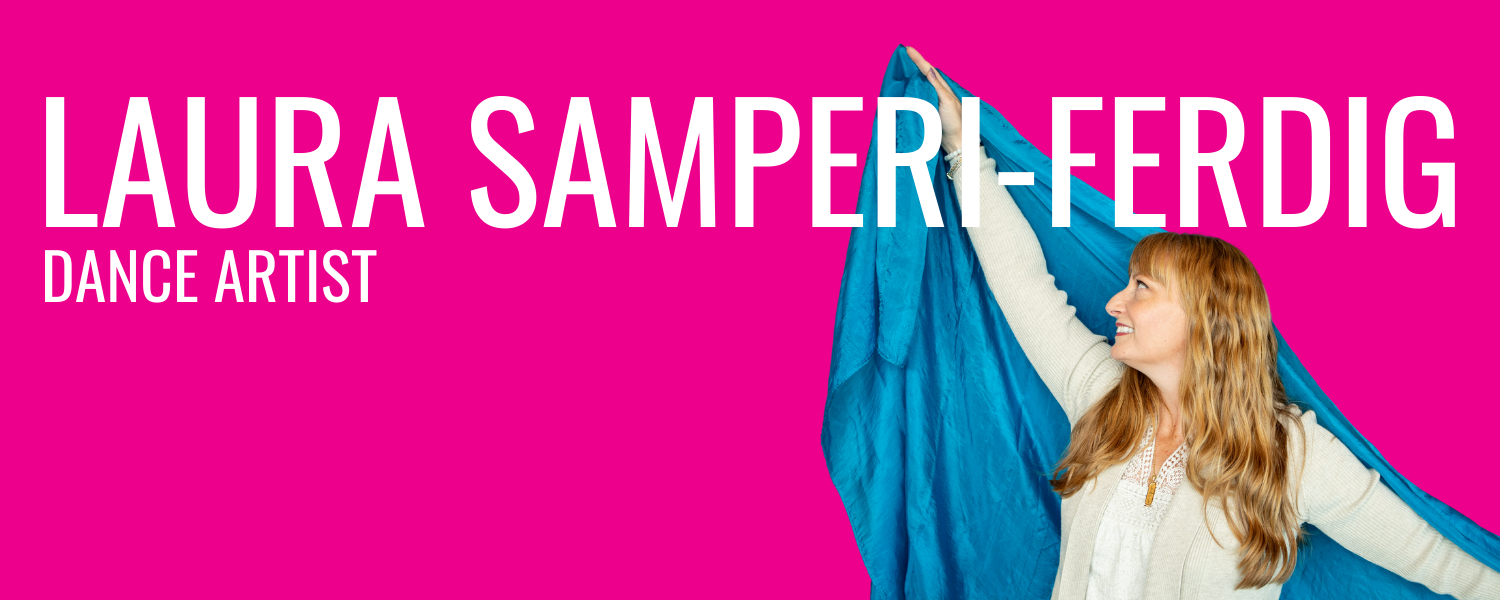
LAURA SAMPERI-FERDIG | DANCE ARTIST
DANCE & CULTURAL TRADITIONS OF NORTH AFRICA, THE EASTERN MEDITERRANEAN & THE GULF - MOVEMENT, RHYTHM & ORAL HISTORY
Laura Samperi-Ferdig brings centuries-old dance and rhythm traditions into the classroom, sharing movement styles from Egypt, Turkey, the Gulf, Morocco, Persia, and Lebanon. These dances are living oral histories—embodying the landscapes, music, and community celebrations of their origin. Based in Port Angeles, Laura has over 30 years of teaching experience in settings from UCSD to Peninsula College, YMCA of Auburn, and Camp Pendleton Community Center. Her classes combine movement, percussion, and storytelling, offering students a direct, hands-on connection to global cultures.
GRADE LEVELS
Upper Elementary (3rd–6th) • Middle School • High School
ART FORMS
Cultural Dance Traditions • Folkloric & Social Dance • Regional Rhythms & Percussion • Storytelling Through Movement
ARTS INTEGRATION & CURRICULUM CONNECTIONS
Laura’s programs support Washington State Learning Standards by integrating cultural dance and music with other core subjects:
- Music (MU:Pr4–Pr6): Understanding rhythm, tempo, and structure through live and recorded percussion.
- Social Studies (SS: C1, H2, G2): Connecting geography, cultural traditions, and historical context.
- Physical Education (PE5): Coordinating movement, spatial awareness, and expressive physical activity.
- English Language Arts (ELA:SL): Storytelling, discussion, and reflection on cultural traditions.
Pairs well with:
- World cultures or geography units
- Music and rhythm studies
- Storytelling and oral history projects
- PE dance units with global focus
WHY TEACHERS CHOOSE LAURA
- Presents dance as a living form of oral history, rooted in geography and community traditions
- Combines movement and rhythm-making so students experience both sides of the art form
- Introduces authentic regional rhythms:
- Gulf – 2-count
- Moroccan – 6-count
- Turkish (most folkloric) – 9-count
- Egyptian – 4-count
- Lebanese Debke – 4-count, accessible for all genders
- Gulf – 2-count
- Clarifies which traditions use finger cymbals (Egypt, Lebanon [belly dance], Turkey) and which do not (Persian, Gulf, Moroccan); up to 11 pairs available for student use
- Flexible formats: performances, interactive workshops, or multi-session residencies
LAURA SAMPERI-FERDIG'S PROGRAM DESCRIPTIONS
Dance Traditions & Rhythms from North Africa, the Eastern Mediterranean, and the Gulf
Students experience a variety of movement styles from Egypt, Turkey, the Gulf, Morocco, Persia, and Lebanon. Laura blends demonstrations, storytelling, and live or recorded drumming to show how music, movement, and culture are intertwined. Students participate through clapping, stepping, and (when appropriate) percussion or finger cymbals. Minimum: 1 class period
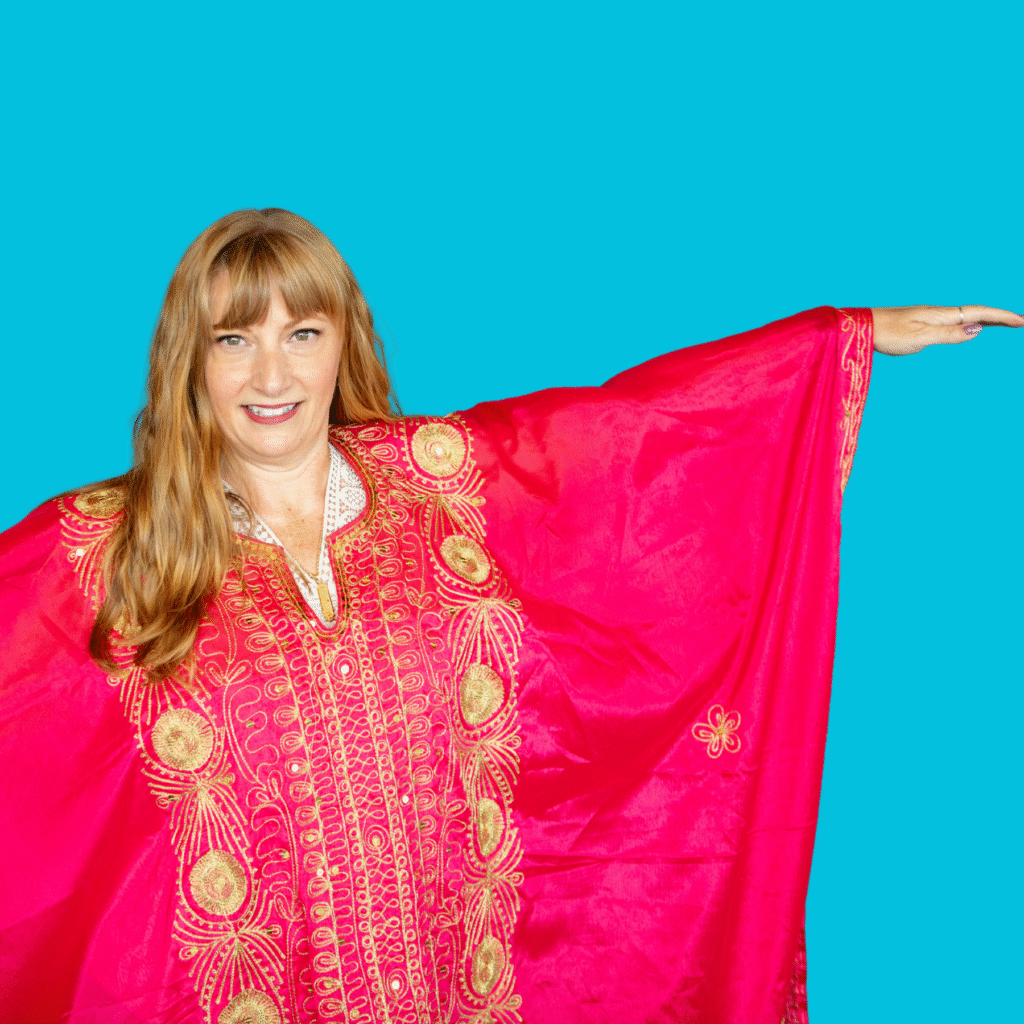
Lebanese Debke: Line Dance Tradition
A high-energy, 4-count line dance performed by men and women. Students learn step patterns, explore the cultural background, and experience the communal energy of dancing together. Minimum: 1 class period
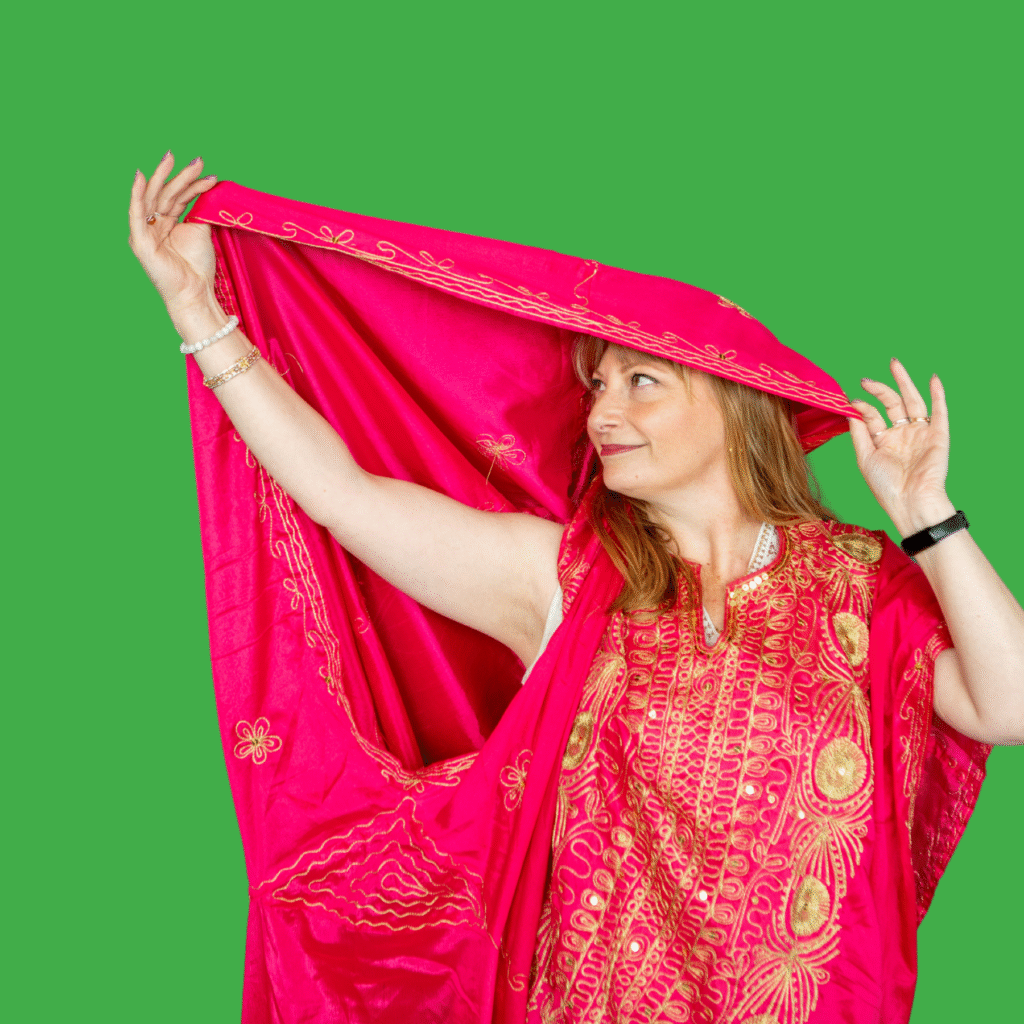
Dance & Drum Workshop
An active session where students learn foundational steps of several regional styles alongside their corresponding drum rhythms. Laura introduces posture, movement basics, and percussion patterns, then combines them into short sequences. Drumming is adapted to available instruments (Laura owns 3 drums; additional may be borrowed if possible).
Minimum: 1 class period
